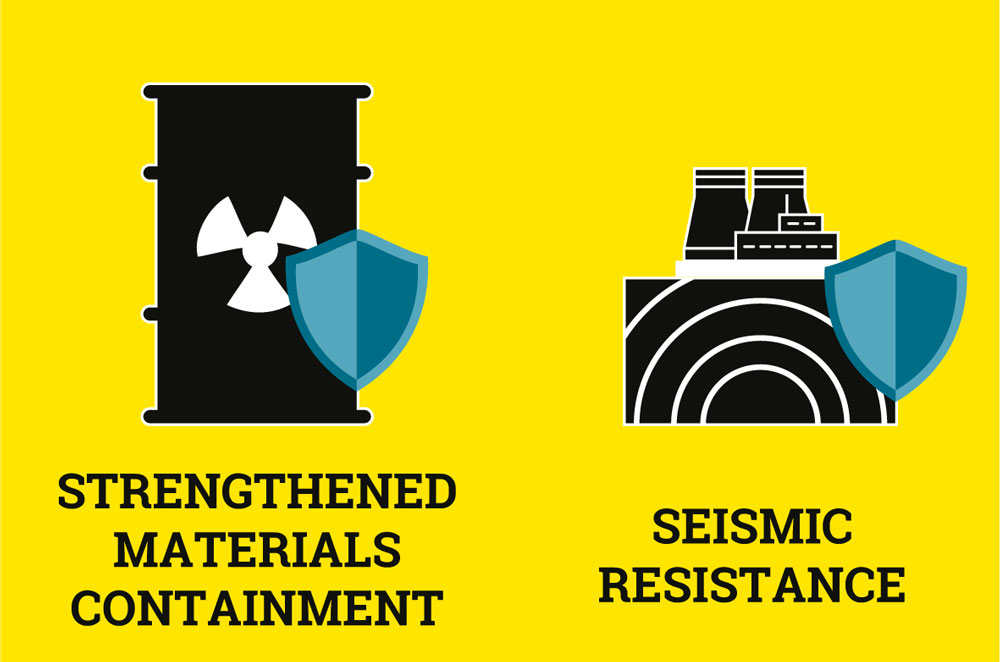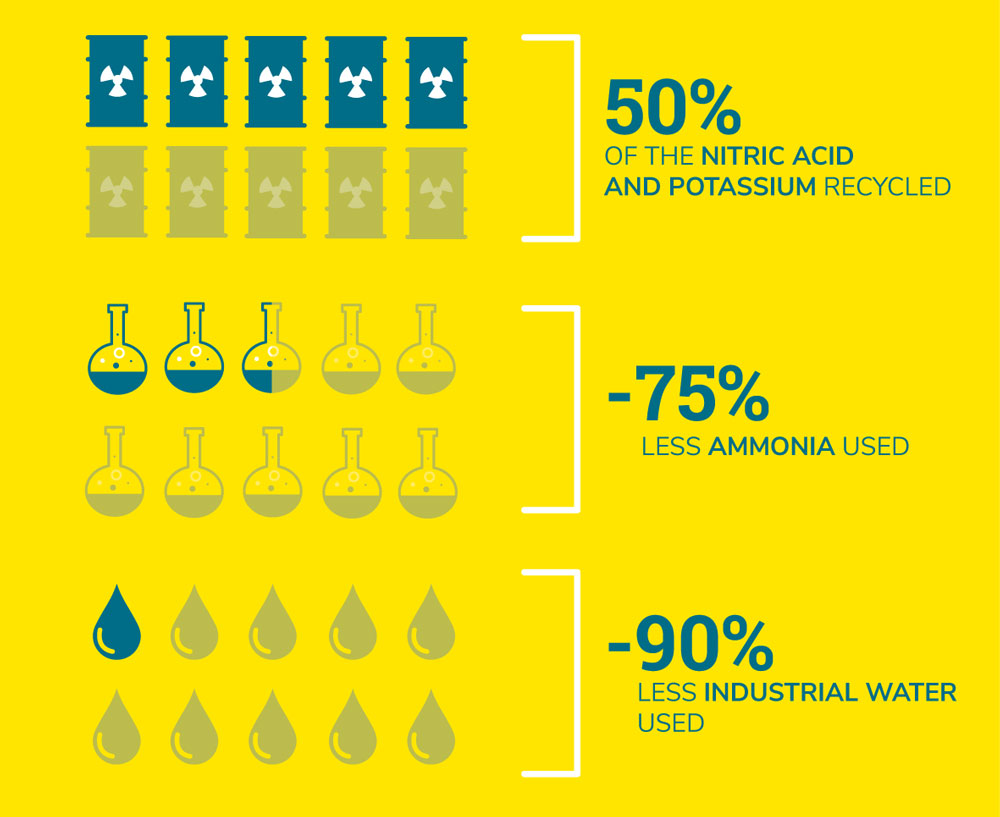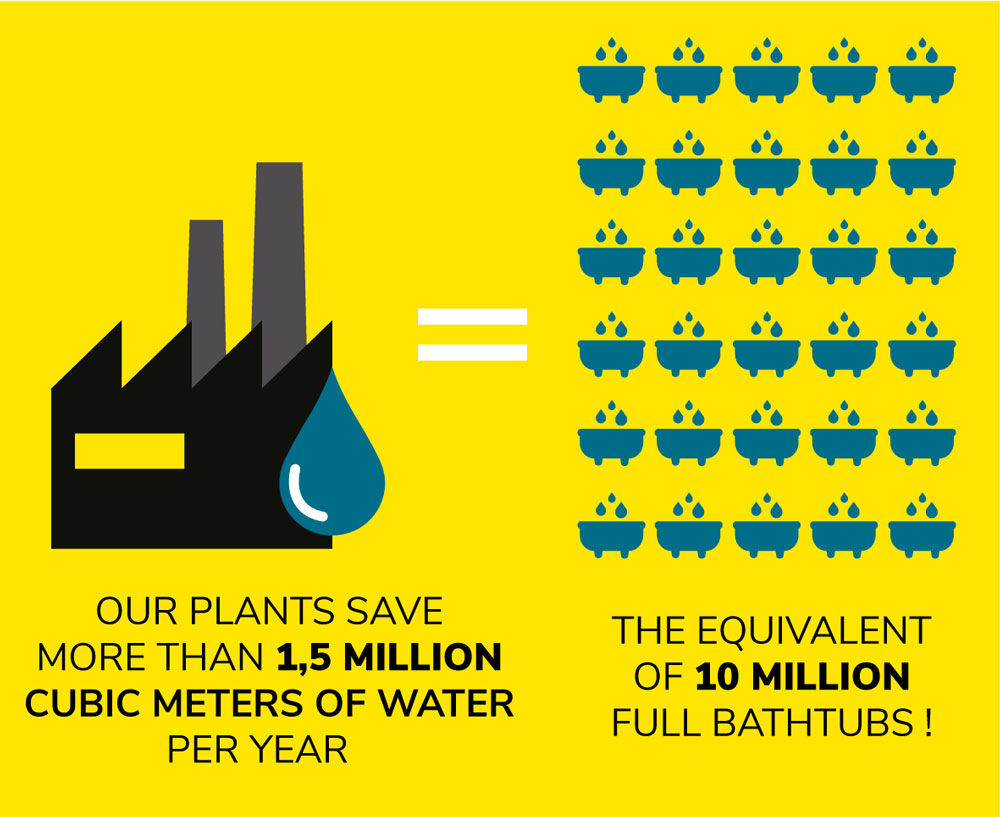Comurhex II, the conversion plant of the future

To meet the new standards, Orano launched a far-reaching project to strengthen its operating safety and reduce its environmental footprint: the Comurhex II Project for the conversion of 15,000 metric tons of uranium per year.
Orano is the first company in the nuclear industry to renovate and upgrade these production capabilities. Why? Partly to boost their technical performance with an innovative core process at Malvési, but it is more than that. The project is being carried out at two sites simultaneously – Malvési in the Aude Department and Tricastin in the Drome Department – to answer one question: How to be efficient, safe and respectful of the environment, all at the same time?
More safety, fewer environmental impacts

In the realm of nuclear and industrial safety, improvements were made to the mechanical strength of the buildings, the separation of the facilities, and the ventilation and cooling systems used for materials containment.
Significant research was also carried out on employee protection, particularly through the automation of certain tasks and the ergonomics of the workstations. Meanwhile, the infrastructure was redesigned to withstand a number of environmental hazards, such as earthquakes or flooding. The Tricastin buildings were reengineered to improve the storage of hydrofluoric acid and uranium tetrafluoride. And that’s not all!
Comurhex II was designed to reduce the environmental impacts of its two plants. To conserve water, a cooling system in a closed loop was installed at the facilities. Thanks to that change in the process, our plants save more than 1.5 million cubic meters of water per year, the equivalent of 10 million full bathtubs! Comurhex II also sought to reduce its effluents at the Tricastin site by building a new effluent treatment station, which recycles 50% of its consumption of potassium, thereby reducing its production of fluorine.
These measures to protect the environment were made possible by a major innovation designed and patented by Orano at the Malvési site: thermal denitration instead of chemical denitration. The new facilities eliminate the need for ammonia in this stage of the process and recycle the nitric acid.


In addition to the innovations concerning its production plants, Orano Malvési is planning to invest in an effluent treatment station for nitrate effluents stored in tanks since the site was opened.
The new facility will ultimately eliminate the need for evaporation ponds and will secure the site from excessive regional rainfall. It will also carry out nitrate destruction and package very low-level waste acceptable for disposal by Andra, reducing its volume threefold in the process.
Innovation in the field of uranium purification and conversion is now a reality in which industrial performance, enhanced safety and reduction of the environmental footprint come together.
